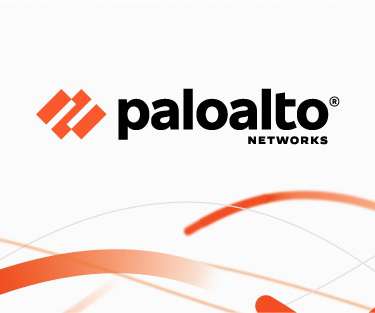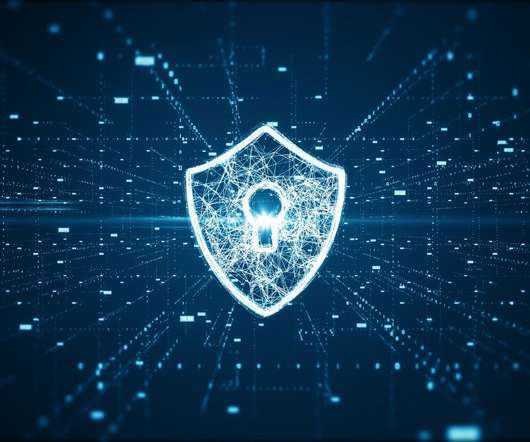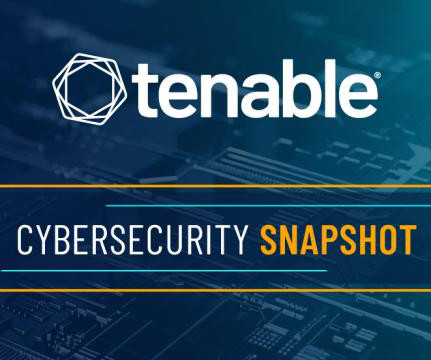Cooperation and Collaborative Partnerships are Key to Protect Businesses
Palo Alto Networks
MAY 22, 2020
With a cybersecurity landscape dominated by fragmented security vendors and tools, businesses struggle to protect themselves. I t takes a collaborative approach across cybersecurity vendors, managed security service providers (MSSP) and organizations to take up the global cyber threat challenge.















Let's personalize your content